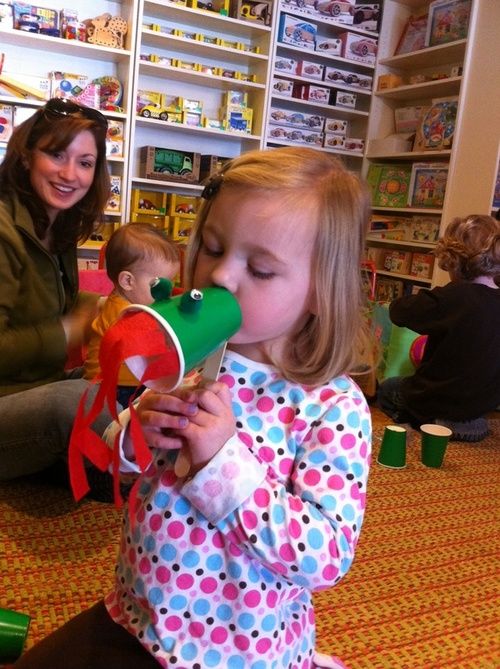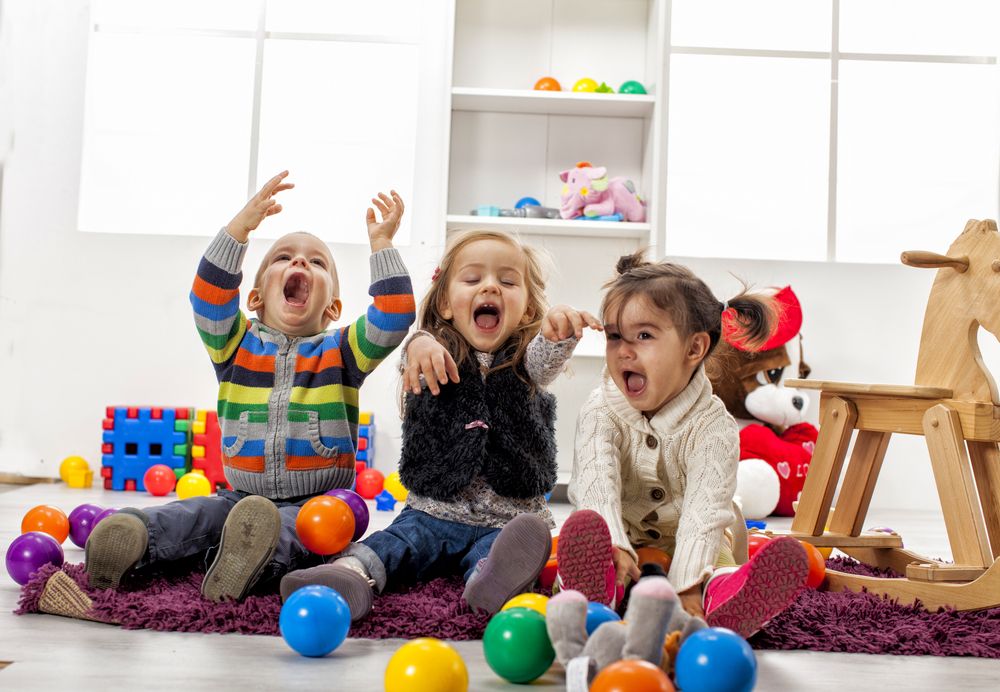TECHNIQUES TO HELP CHILDREN RELAX AND FOCUS
Children like to wiggle! For teachers, this can be a challenge to get them to pay attention to the classroom lesson. Here are some techniques you can use to help them relax and keep them focuses. They're also pretty fun activities just for fun!
Begin with Belly Breathing. Take a big breath in through the nose and exhale through the mouth. This allows air to go into your lungs, moving air through the diaphragm. The belly and chest cavity expand and allow the body to slow down the heart rate, relax and focus.
Children can be taught this through the "Hot Air Balloon" technique. Children should sit in a comfortable cross-legged position, start by cupping their hands around their mouth. Take a deep breath in through the nose and slowly start to blow out through your mouth, growing their hands outwards while exhaling as if one was blowing up an enormous hot air balloon. Once their balloon is as big as it can be (and they've finished exhaling), breathe normally and sway gently from side to side admiring their big beautiful hot air balloon as it soars through the sky. This long, deep exhalation as you blow up the "hot air balloon" has a relaxing effect and the image is incredibly vivid for a child's imagination.
A second technique is the “Dragon Fire Breaths.” Children interlace their fingers underneath the chin. Inhale and lift the elbows up to frame the face. Exhale, lifting their head up ask them to make a whispered ‘hah’ sound towards the sky, like a "dragon breathing fire". At the same time, lower the elbows back down to meet at the bottom again by the end of the ‘hah’ exhale. This breathing technique builds strength and heat within so is a good energizer and helps children lessen their anxiety.
second technique is the “Dragon Fire Breaths.” Children interlace their fingers underneath the chin. Inhale and lift the elbows up to frame the face. Exhale, lifting their head up ask them to make a whispered ‘hah’ sound towards the sky, like a "dragon breathing fire". At the same time, lower the elbows back down to meet at the bottom again by the end of the ‘hah’ exhale. This breathing technique builds strength and heat within so is a good energizer and helps children lessen their anxiety.
Once children have learned how to use these and other breathing techniques, it allows them to slow their body and focus on the lesson. The teacher can then work on helping the child not only recognize letters and sounds but allows them to assist the child in putting sounds together to make words or take the child to the next level.
The important thing to remember in working with a child with ADHD or similar behaviors is to use these breathing techniques often. Once the child understands that this calms their body, the teacher can simply prompt the child to use breathing techniques on their own, with an ultimate goal being for the child to use breathing techniques independently.
A clear and concise class schedule and breathing exercises are only two of many techniques that will assist a child with ADHD. Once a child is calm and focused they can begin to concentrate on the teachers’ directions. They will also interact more cooperatively with peers allowing for more interaction and language to build. Once this begins to happen, children will not only concentrate on what the teacher is doing but will also show interest. They will be able sit and listen to the story, take part in calendar time, begin to recognize letters and words and will have the attention span and coping techniques to follow directions.
